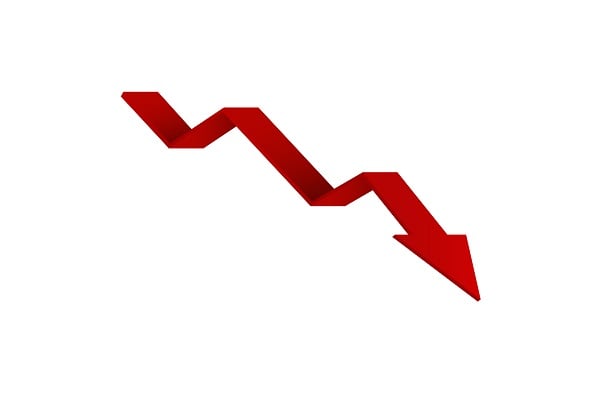While the economic outlook is stable for the foreseeable future, there is still some uncertainty as we near the end of the cycle. There has been an uptick in fund managers, lenders, private equity firms and institutional investors getting ready for the next recession by raising distressed debt funds, according to Carol Faber, co-chair of Akerman's distressed property practice.
"People are thinking what goes up must come down," Faber says. "And yet nobody knows when that is. But I think the smart money says, 'Well, we have got to get ready for it. It may not be tomorrow. It may not happen next week or next month, but it's coming.' "
Faber, who has been in the commercial real estate business through multiple cycles, sees other signs that things may get rocky soon.
"We are starting to hear about a little bit of an uptick in consumer loan foreclosures, auto loans in particular," Faber says. "Corporate debt also has really been rising. There are also a lot of interest-only loans coming due or turning to amortized payments. People are worried that they are not going to be able to meet their covenants, even if they can make the payments. You look at that and think how much longer can this go on?"
Over the past couple of years, Faber says other groups have attempted to start funds. "I think many people that tried to start funds in the last year were not really successful in raising the money because I don't think people [investors] saw the opportunity yet," she says.
But that is changing as prominent players, such as Blackstone and Bain Capital, have done funds. And they're not alone. "They may not all be big funds," Faber says. "Maybe it's family office money or smaller groups that are looking for distress."
There is another segment of distressed funds that were active in the last cycle but departed when things normalized around 2013.
"They went on to invest in other things, or they just got out of the industry and did something else," Faber says.
Faber worked with several groups and says they have the expertise and the institutional knowledge, but she is uncertain of how many will return. "Even if they have not been in it [recently], they will probably jump back in and be able to recreate that [what they did in the last cycle]," she says. "But I don't know if all of them will really jump back."
Overall, Faber sees a new group of distressed investors emerging. "I think there will be, to a certain extent, a little bit of a new cast of characters," she says.
© 2025 ALM Global, LLC, All Rights Reserved. Request academic re-use from www.copyright.com. All other uses, submit a request to [email protected]. For more information visit Asset & Logo Licensing.








